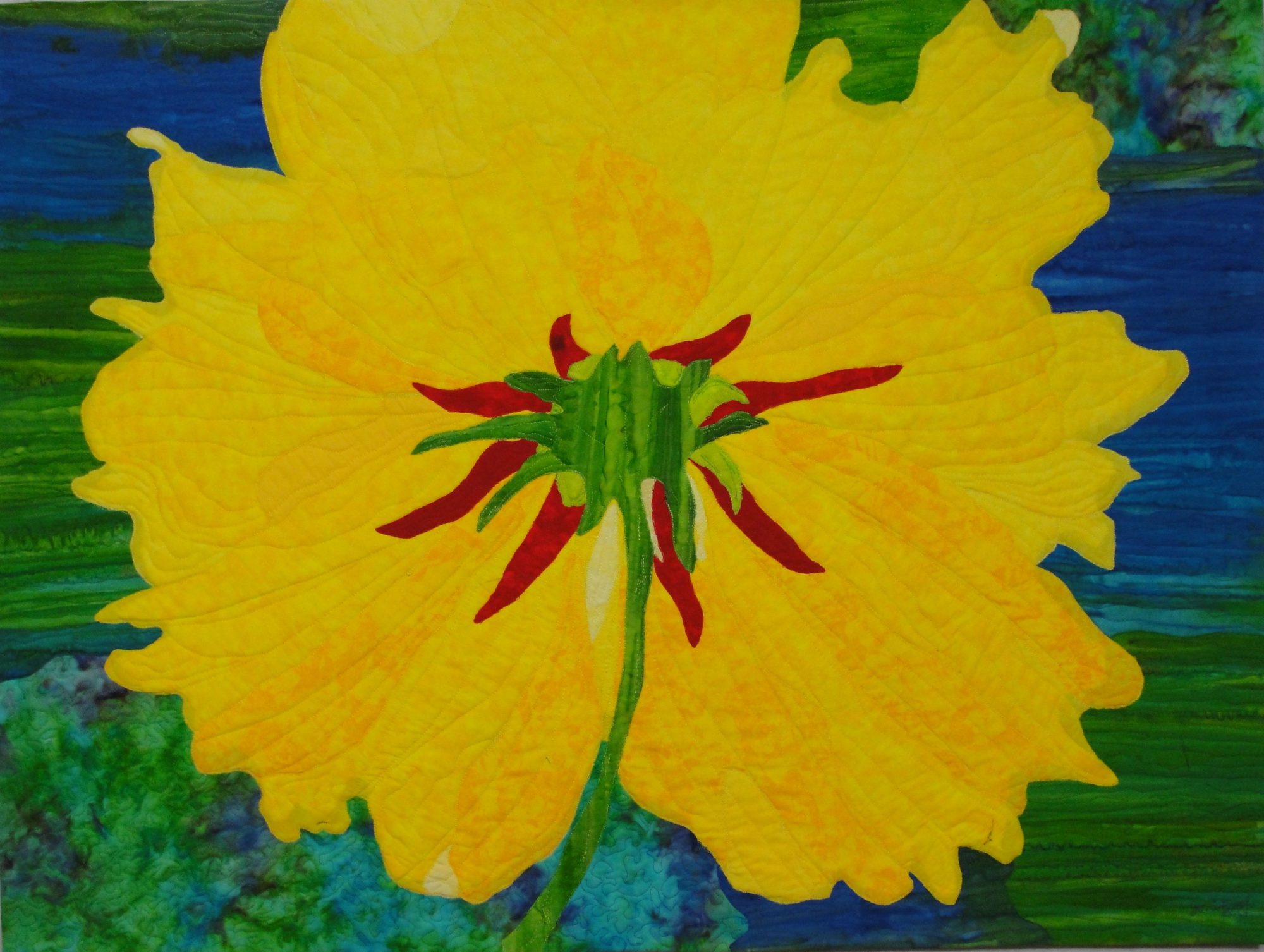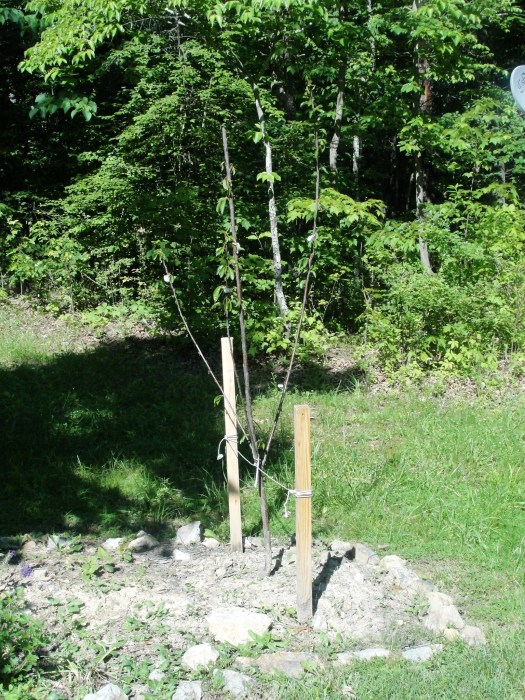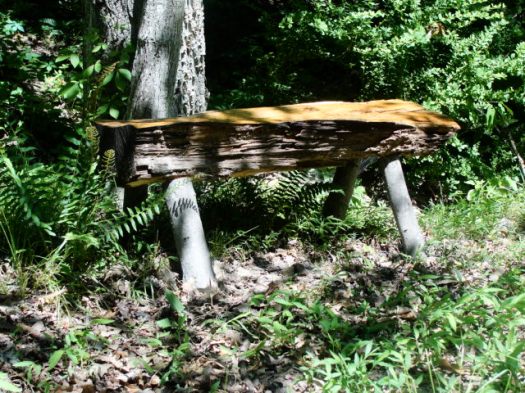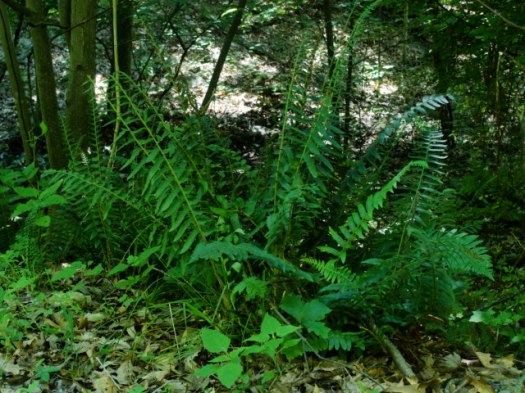Over the years, I have planted many trees…each time we have moved it seems there is always some tree or plant needed in the new yard! Of course this includes fruit trees…

a red maple…

a new cherry tree…
…all are necessary.
In hot, sunny, arid West Texas where we once lived, trees are highly valued for their shade and beauty. Many times homeowners even have them insured. When we eventually moved back to the East I vowed I would never again complain about raking leaves…and I haven’t.
For most people trees improve our lives and are symbolic in some way. While they provide shade, oxygen, color and beauty, a home for birds and other animals, hold our memories, they also signify meanings of permanence. For example, their roots and branches are metaphors about family ties—their stability and the prior generations. Perhaps this symbolism is one reason that after a storm it is a disturbing sight to see huge trees have been destroyed with even large root systems pulled out of the earth and blown over…
In the town of Blacksburg, there was an old, historical tree on the lawn in the center of town. The tree had overseen the town activities on the lawn for 100+ yrs. When it had ended its life cycle and the tree was too weak to leave on the hill overhanging a busy street, VT professors took 100s of cuttings from it and cloned 2 trees from the old one before it was cut down… Read about this story at: http://www.roanoke.com/editorials/trejbal/wb/284350. See story at: http://www2.wsls.com/news/2010/jul/27/blacksburg_virginia_tech_history_ comes_down-ar-359635/ .
Not long ago, there was a story on television about a Survivor Tree planted at Ground Zero in New York City. An eight foot sapling was found amid the rubble of the World Trade Centerand was taken to the Park Departments nursery. They revived and nurtured it until it was replanted in the memorial garden as a sign of life and hope for the future after an unthinkable tragedy on, what is now known as, 9/11. Today this tree has grown to be 35 feet tall and stands as a reminder of resilience to all the people who visit this landmark. This story can be seen at: http://abclocal.go.com/wabc/story? section=news/local/new_york&id=7857410
Throughout time artist have also sketched, painted, and even used trees as design inspiration for pottery.

More currently, textile artist Barbara Walter uses tree images in wall hangings. See at http://www.saqa.com/about.php?ID=1842…Also, Micheal Mahan uses tree motifs on his pottery at his studio, From the Ground Up.
So I guess I will continue to plant trees and rake leaves…perhaps that shows I still have a sense of hope and optimism about life!
*I’d love to hear your “tree” stories! * Feel free to leave a comment…
Image Credit: “Branche d’amandier en fleur” by Vincent van Gogh By vG [Public domain], via Wikimedia Commons
Related articles
- Why should new trees be planted when trees are cut down (wiki.answers.com)
- thirteen ways of looking at trees (liv2write2day.wordpress.com)







